We Need To Go Deeper
One of today’s most popular and rapidly growing interior and product styles is the ‘natural home’. Ironically for such a modest and unshowy design style, it is richly represented in endless publications, and interiors magazines have acres of editorial of its best exemplars – one of which is undoubtedly Hans Blomquist’s exquisite The Natural Home. This design style has many names and incarnations and uniquely even has its own philosophy. But the ‘natural home’ aesthetic is the style and design manifestation of a far wider phenomenon, that in these times of austerity and insecurity is for some people fast becoming something akin to a religion. This is an all embracing ideology that has organisational views on the psychological, spiritual, political, economic and social as well as the aesthetic.
But just try pinning this aesthetic style down to a single label. ‘Natural home’ style sometimes (though not always) overlaps with ‘organic‘, ‘rustic‘, ‘rough‘, ‘reclaimed‘, ‘simple‘ or ‘shabby chic‘ styles. The truth is there’s absolutely no point in being too rigorous about interior design taxonomies. It’s a fruitless task and this style is a case in point. The ‘natural home’ is sometimes the organic, homespun and upcycled pagan antichrist to the expensive, slick and urbane sophistication of the godhead, that constitutes much of today’s contemporary design. At other times however, it is its own evil twin: One for which a whole rainforest of trees has been felled and mountains razed to create that just so ‘natural’ look. So you can make your connection with nature without even risking a whiff of manure and crucially without leaving your exclusive postcode.
‘Superficial naturalism’ (aka fashionable materialism) is all the rage. These are the modern Marie Antoinettes, metaphorically (and sometimes literally) play-acting as milk maids in their palatial Notting Hill cottages. Just check out all those exclusive Central London antique fairs in which you find endless classic sofas and armchairs stripped of their gilding and expensive upholstery and proudly displaying the jute and stitching of their innards. Or those West London shops where you can buy rough slubby linen at the same price as the most expensive silk. We are talking rustic at eye wateringly non-rustic prices. This is ‘natural home’ style for the unnaturally rich and the unnaturally indifferent to nature.
But ‘sincere naturalism’ (aka fashionable idealism) – the good twin of this style – is not for designer airheads. The devotees of this design style are an ideological bunch. They are very likely to be consistent, so their interior decor matches their clothing sense, their dietary habits and voting patterns. They are likely to be spiritually, politically and culturally motivated. They are also likely to be concerned about the ecological challenges posed by capitalism; the alienation of our cities; the vacuousness of our consumer culture; the injustice of our political and economic systems. Many will bemoan the waste generated by our modern unsustainable lifestyles and yearn for meaningful, patinated, spiritually (not materially) rich environments, that are designed by placing humans first. Many will vote Green this May with a sincere gusto. The followers of the evil twin of course will not. Or they may vote Green whilst anxiously biting a quivering and bloody lip, fearful that they will actually get in and fiscally decapitate them.
But wait a minute you may say! Who wouldn’t be motivated with such noble concerns? Not enough people to make a blind bit of difference sadly. But the adherents of this right-on style are not just a few reconstructed hippies in Ibiza or liberal idealists shopping in Wholefoods, or Prince Charles… This style is underpinned by a venerable philosophy that is as ancient as it is global. A potent and increasingly influential example of this is Wabi Sabi, the quintessential Japanese design aesthetic based on Zen Buddhism. Much more than just a design style and yet sharing some features in common with Feng Shui, it is almost impossible to define, and can be best understood evocatively. So sit in a dimly lit quiet room, breathe deeply, close your eyes and try to picture the following: The simple charm of a cracked vase; the swirling circling flight of a crane; the transient beauty of cherry blossom in a Spring breeze; rain drops gathering and rolling on a fresh green leaf… Got it? You may be able to imagine these things but to witness them in real life, you need first of all to get out of the fast lane.
The popularity of Wabi Sabi is down to its all-embracing philosophy that makes it a complete lifestyle and a perfect ideological fit for the ‘slow living‘, ‘slow loving’, ‘slow food’ incarnations of the ever expanding simplicity movement. Wabi Sabi is all about mindfulness, authenticity, appreciation of the simple and serene and letting go of the superficial and extraneous. A central feature is an awareness of the transience of all things, and a corresponding pleasure derived from the things that display the marks of this impermanence; including the lines on your face or the patina on your furniture, both of which you have to learn to lovingly embrace. If you are rushing out for a Botox appointment or junking the armchair because of that stain, you are missing the point.
The Wabi Sabi design ethic teaches you to declutter, simplify, block out noise, make it yourself or buy it from an artisan. Don’t buy what you don’t need. Turn your back on technology and mass production. Don’t make too much waste. Upcycle and always make do and mend. Wabi Sabi is obviously the perfect shoo-in for our frenzied, over-stressed and social media obsessed consumer culture. Wabi Sabi even teaches you not to resist austerity but to embrace and love that too. And if your reaction to all that is ‘Oh Christ!’, then you’re probably getting warm.
The command to go forth and upcycle has been taken up with complete abandon (if that isn’t an oxymoron) by this growing counter cultural community. Just look at the whole new market places that are devoted to upcycling rubbish like the online sensation Etsy. The number of products tagged with the word “upcycled” on Etsy for example increased by 879% in just three years. Another example are the 300 retailers that have already signed up with remadeinbritain.com, the first dedicated shop window for businesses repurposing some of the 280m tonnes of waste produced in the UK each year. A growing online marketplace selling everything from furniture to lighting, clothing, jewellery and accessories. Of course this isn’t just the holy spirit of Wabi Sabi possessing the new rag-and-bone economy, it’s also a business opportunity; temptingly one with low start up costs and overheads and mountainous supplies of rubbish.
So if you’ve begun to notice the swirling of cranes and been mesmerised by the raindrops on a fresh green leaf, and been captivated by the crack on a much loved jug, your heightened sense of these things may constitute the gateway drug to the Wabi Sabi life and a lifetime membership of the Green Party. And you could do worse. The natural home aesthetic is certainly deeply appealing, but the fly in the ointment is that if you don’t have an eye for decoration, even the natural sort, it might all end up looking just a bit shabby and not very chic.
‘THE NATURAL HOME‘ by Hans Blomquist, photography by Debi Treloar
Published by Ryland Peters & Small
To order ‘The Natural Home‘ please visit GDC interiors Book Collection on Amazon
Photography supplied courtesy of Debi Treloar

























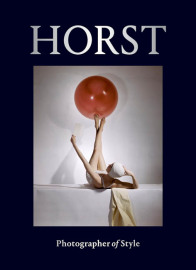

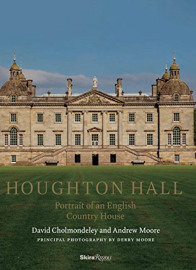
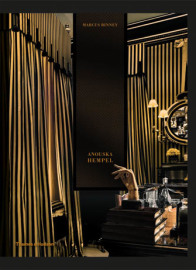
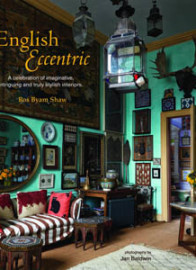
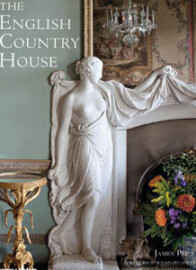

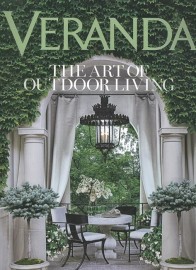
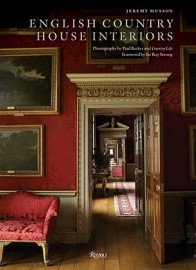

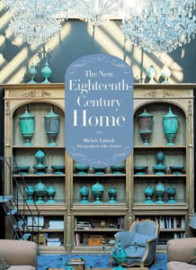

Amusing and interesting overview,as I sit here in the half light of a candle ,sadly not in a cave I’m quietly self satisfied! With my antique and artisan made furniture,as it happens it’s been an organic growth over many years which I hope will never fit into a Label,but Thankyou for the wider view
Let’s hope they don’t fell any more trees to make a million more books and magazines to instruct us on how to live simply .